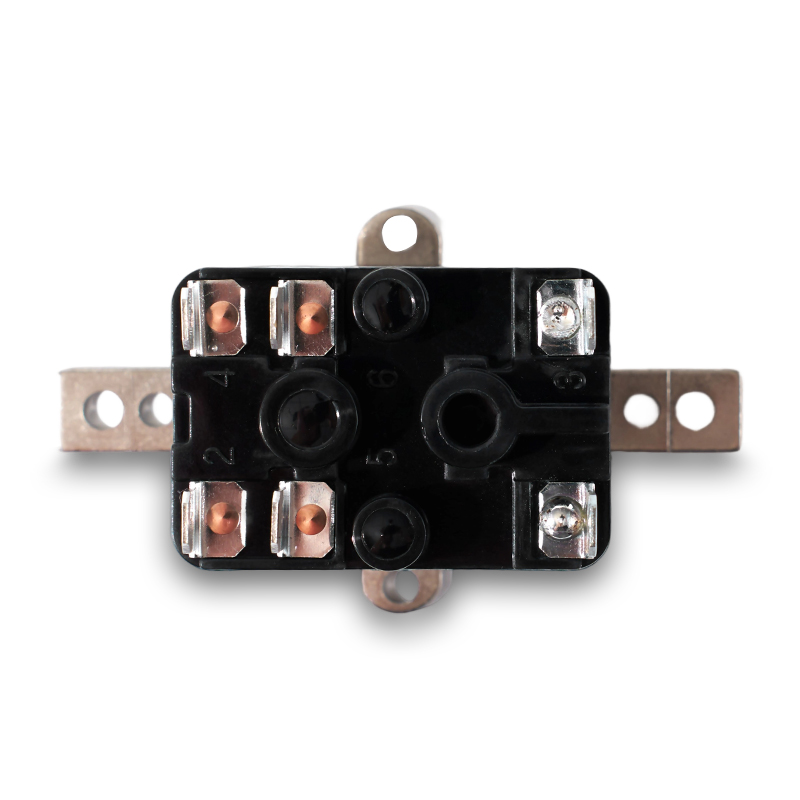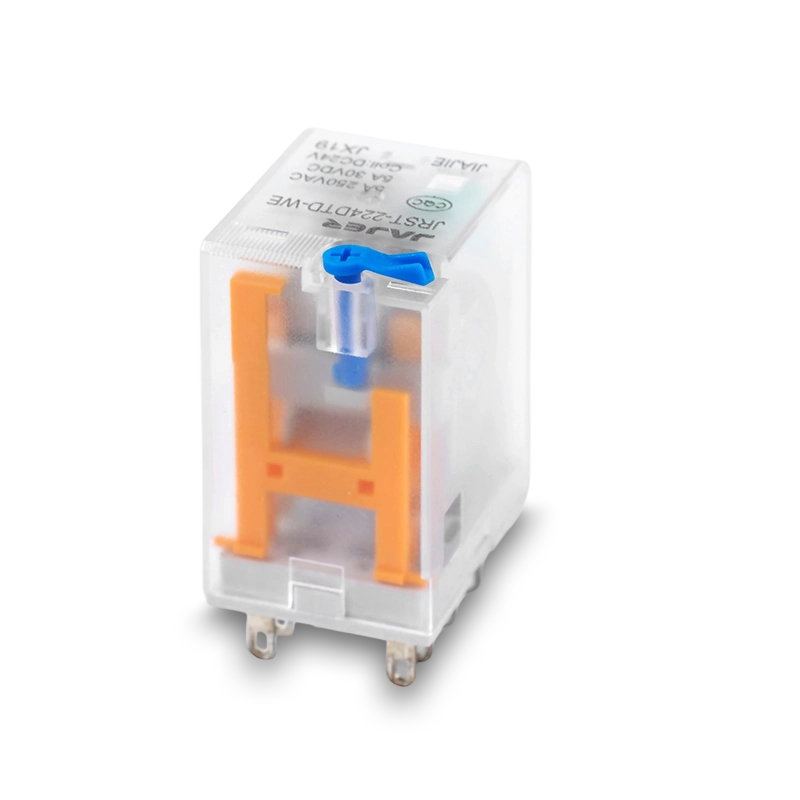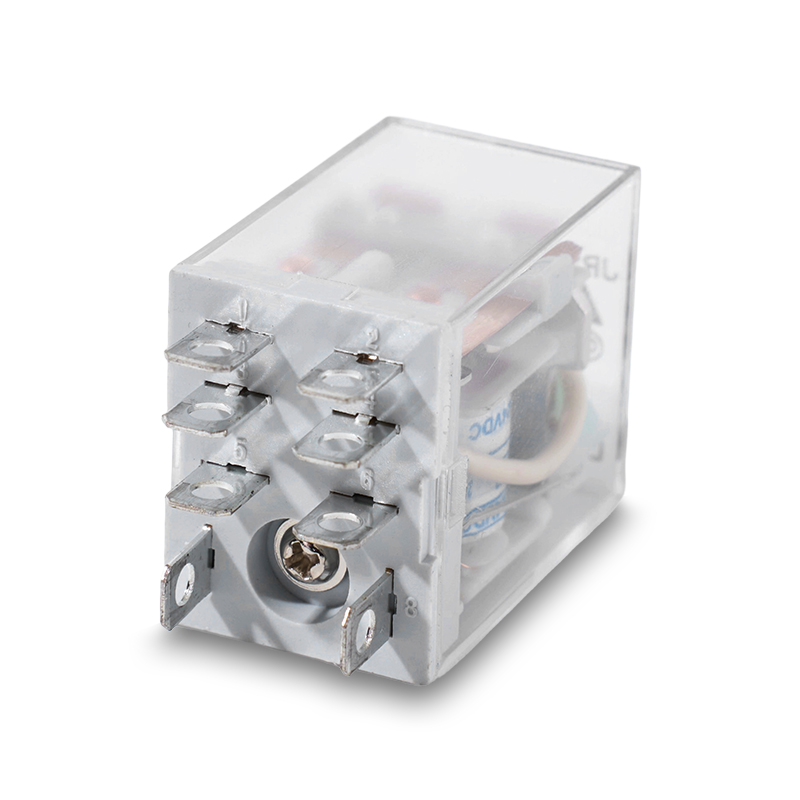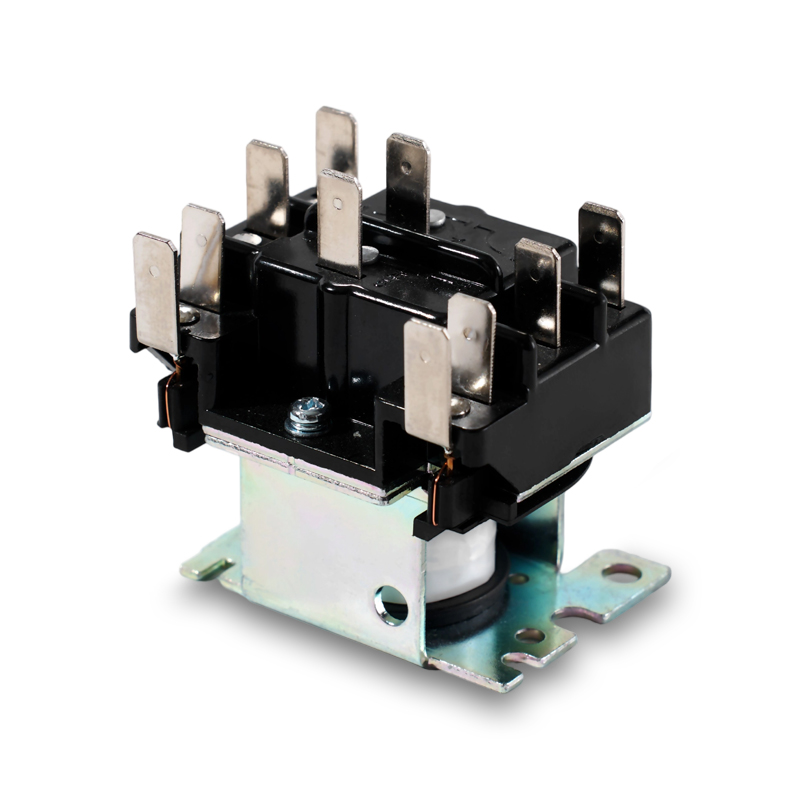

As essential components in various electrical and industrial applications, power...
Read More
When selecting the right Power Relay for your application, you may encounter two...
Read More
A power relay is an electrically operated switch that controls the flow of elect...
Read More
In industrial automation and electrical system design, selecting the right relay...
Read MoreSignal relays are compact electromechanical devices designed to control low-power electrical signals in a wide range of electronic and electrical systems. Their primary function is to switch signals from one circuit to another while maintaining electrical isolation, which helps protect sensitive components from voltage spikes and other disturbances. The basic structure of a signal relay consists of a coil, a movable armature, a set of contacts, and a spring mechanism. When a voltage is applied to the coil, it creates a magnetic field that moves the armature, closing or opening the contacts and allowing current to flow or stop. Signal relays are commonly used in industrial automation, home appliances, communication devices, and measurement instruments. They are particularly valuable in applications where precise switching of small currents is needed, such as in sensor circuits, alarm systems, and network communication lines. The durability and reliability of signal relays ensure consistent performance even after thousands of switching cycles. In addition, they offer a cost-effective solution for implementing isolation between control circuits and the equipment being operated. Engineers rely on signal relays to simplify complex circuits while providing safe and dependable signal switching, making them an essential component in many electrical designs.
A signal relay module is an integrated unit that combines one or more signal relays with supporting circuitry to simplify installation and operation. These modules typically include features such as LED indicators, screw terminals or plug connectors, protective diodes, and sometimes additional resistors, making them ready for direct integration into larger systems. Signal relay modules are widely used in automation projects, industrial control systems, security and surveillance equipment, and communication devices. By using a pre-assembled module, designers can avoid building separate control circuits for each relay, saving time and reducing potential errors. Modules allow for multiple signals to be switched or controlled simultaneously, while maintaining isolation between input and output circuits. This is particularly useful in scenarios where several sensors, switches, or control lines need to be managed efficiently, such as in building management systems, environmental monitoring, or industrial machinery. In addition to simplifying installation, signal relay modules provide visual feedback through LEDs, which helps operators quickly verify relay status and troubleshoot potential issues. Their modular design also allows for easy replacement or expansion as system requirements evolve, making them a flexible and practical choice for engineers and technicians.
Signal relay boards expand on the concept of individual relays or relay modules by offering a larger platform with multiple relays arranged for organized and coordinated operation. These boards are widely used in industrial control panels, laboratory testing equipment, automation systems, and complex signal routing applications. A signal relay board typically includes multiple relays, connectors for easy wiring, mounting holes, and sometimes interfaces for microcontrollers or programmable logic devices. The board format allows for centralized management of numerous input and output signals, facilitating maintenance, troubleshooting, and system upgrades. Signal relay boards are particularly beneficial in systems where multiple signals must be controlled or monitored simultaneously, such as automated production lines, robotics, communication hubs, or energy management systems. The structured layout reduces clutter and ensures a clear, accessible design, making it easier for engineers to integrate the board into enclosures or control cabinets. In addition, these boards support scalability, as additional boards can be added to increase the system's signal-handling capacity. With their combination of multiple relays, organized wiring, and flexible control options, signal relay boards provide an efficient and reliable solution for applications that require coordinated signal management across multiple circuits.